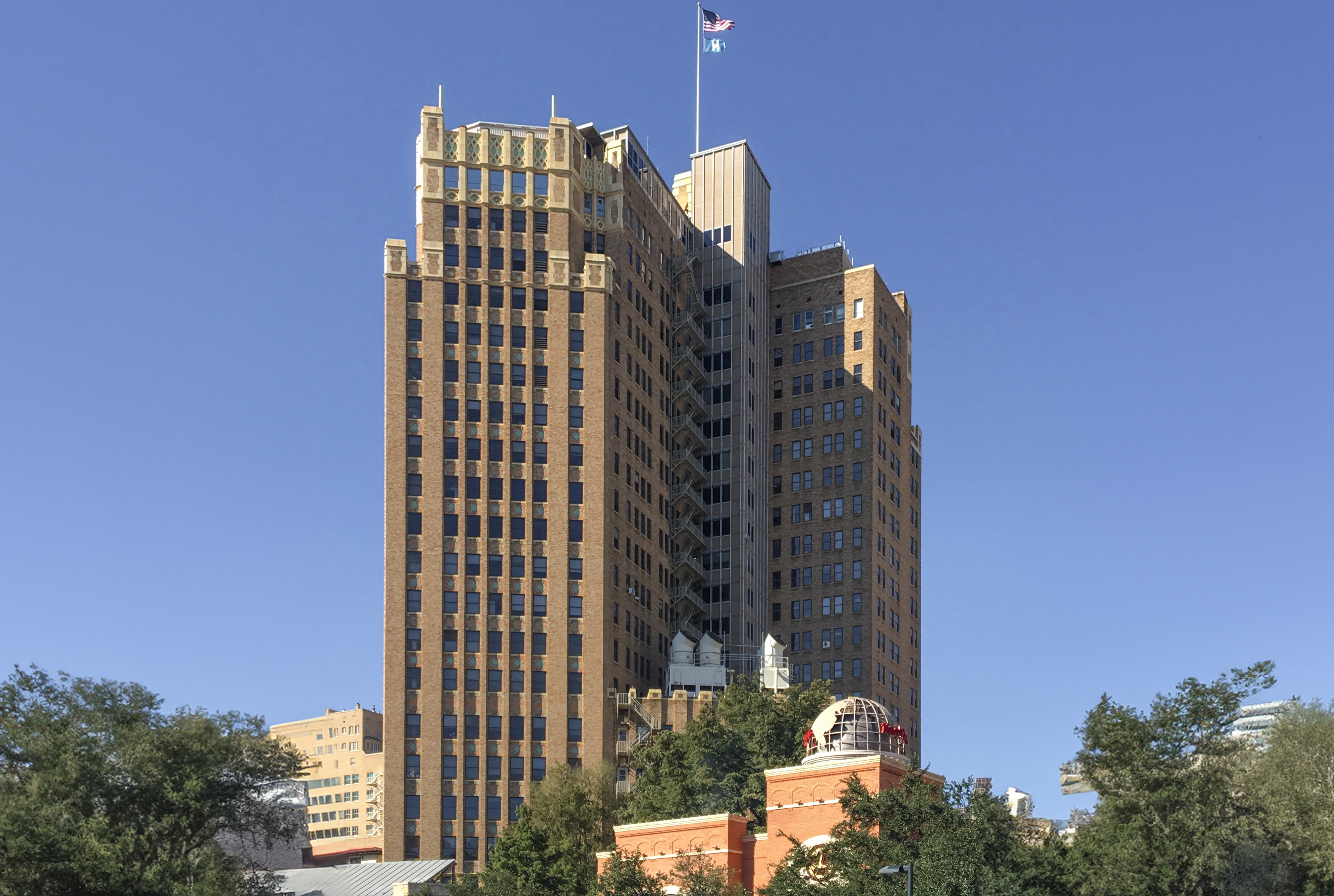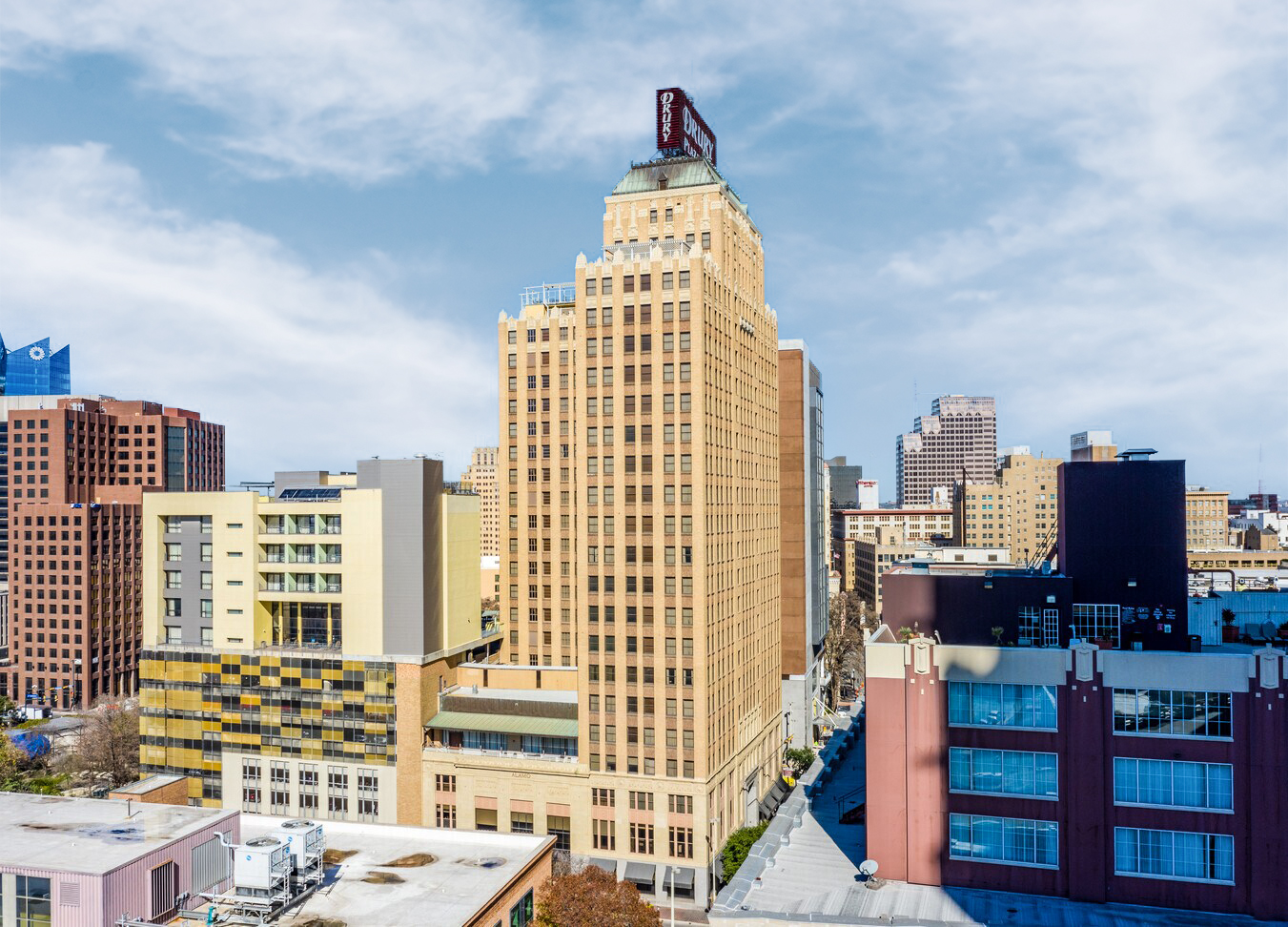The Nix Professional Building is an Art-deco skyscraper designed by Henry T. Phelps, and built in 1930, for a reported $1.50 million dollars, in San Antonio, TX.
Nix Professional Building is not the only name you might know this building by though. It is common for companies to want to attach their names to iconic buildings when they move in, or for the general public to come up with nicknames, and this one is no exception. The Nix Professional Building is also known, or has been known as, Nix Hospital, or Nix Medical Center.
Its precise street address is 414 Navarro Street, San Antonio, TX. You can also find it on the map here.


